„Ungeliebte“ Frauenbilder











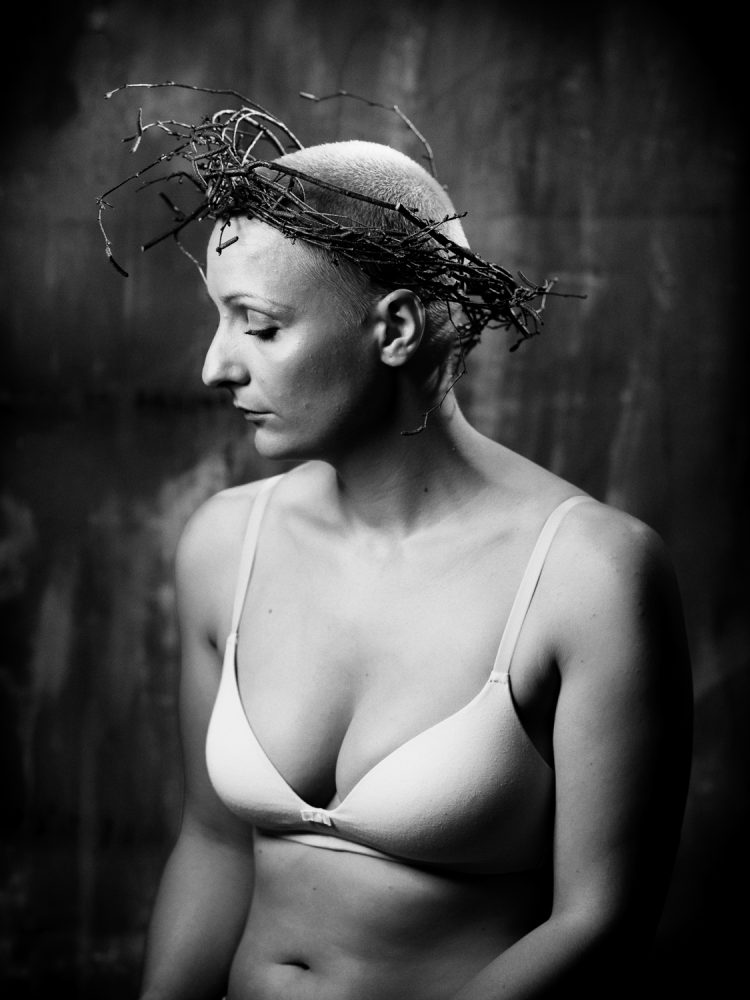

“Unloved” — Images of Women is a series of 13 photographs rooted in a range of motifs. Each has an individual woman. Each binds itself to representative archetypes.
“Unloved” is drawn from diametric elements within the rubric of love. Self-love. The anonymity of persons with love divorced of symbols and symbolism. And the abstraction of “love through symbols”. The women of “Unloved” — Images of Women form a story told in contrasts.
Does “Unloved” — Images of Women intend that the viewer should not appreciate these women? No. These images of women show some individuals who are unloved. Some address women who should not be loved. Or to portray the paradigm of “having to be loved as a woman”; growing more ineffectual as the apparent pressure of this “having to be loved” builds. “Unloved” — Images of Women also shows a contrast between male attributed symbols represented by a woman. Whether they are really unloved is left unresolved. Even the act of “external definition” is called into question by this series. Ultimate judgement is left to the woman within the scene.
The 13 motifs in “Unloved” — Images of Women, each show a woman. These individuals grow, break down, suffer, turn away. Often their dignity is revealed only through body language. The subjects face is obscured. As a result, she seems isolated, withdrawn, turned inward. A question arises: can a portrait of a woman without a face convey love – or is it precluded? This points to a further extension of the thesis statement – where is love embodied, when it is kept out of the frame? This intensional void is an integral mechanism of this series and is on the same level as the photographic display.
Within the composition, Christian and archetypal symbols mingle with, and are contrasted against, the women. On another level, the symbols themselves must bear comparison to these women. Through this reflection, the symbols will gain or lose significance. The symbols can become unloved or powerless if they are too superficial. They can get a portion of this power back, albeit in an alienated form.
Pandemic distractions








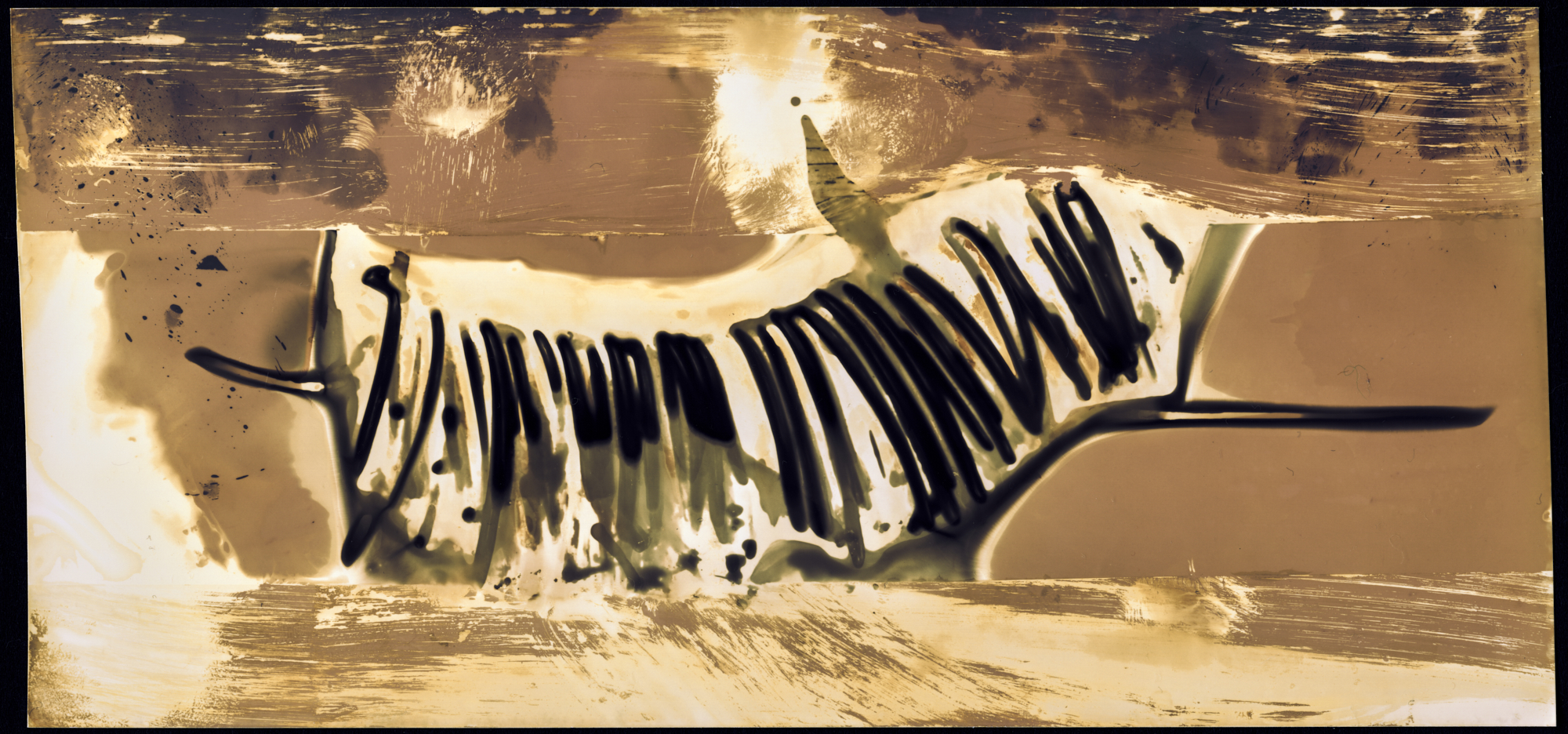
CHEMIGRAMS, 2020
In March 2020, when the world came to a standstill, I began to think about my photographs differently than before. I had few subjects available, no opportunity to travel, no models. But I had a lot of time. Time and leisure. For other thoughts, for possibilities unknown to me, for new methods, for experiments. Photographs without subjects came into being. Pictures came into being. Subjective, detached from any objective reference points and triggered by interactions between light, paper, chemistry and my intuition. Images as objects in themselves. Distractions from the pandemic. Pandemic distractions.
Experimentation with photochemistry and photographic paper, resulting in a host of visual effects and themes, describes the rough direction of the work. The photographs presented are a combination of photographs taken without a camera and the influence of photographic material by the techniques from painting. The images are literally chemistry paintings, chemigrams. As a process, chemigrams were developed in the 50-ies by Pierre Cordier. Technically, such paintings follow from the fact that the silver of black and white photographic papers oxidizes due to the action of developer and fixer, leaving different colored discolorations and stains depending on the variance and duration of this action. It is left to the artist to determine the temporal and the spatial behind. All paintings done in this way are unique. My adaptation of the process was also in the inclusion of acrylic paints. The images made in this way completely by hand, I transferred in a further step in digital form as a scan, to finally bring it back to paper as FineArt Pigment Print.
In Marys‘ garden, Athos








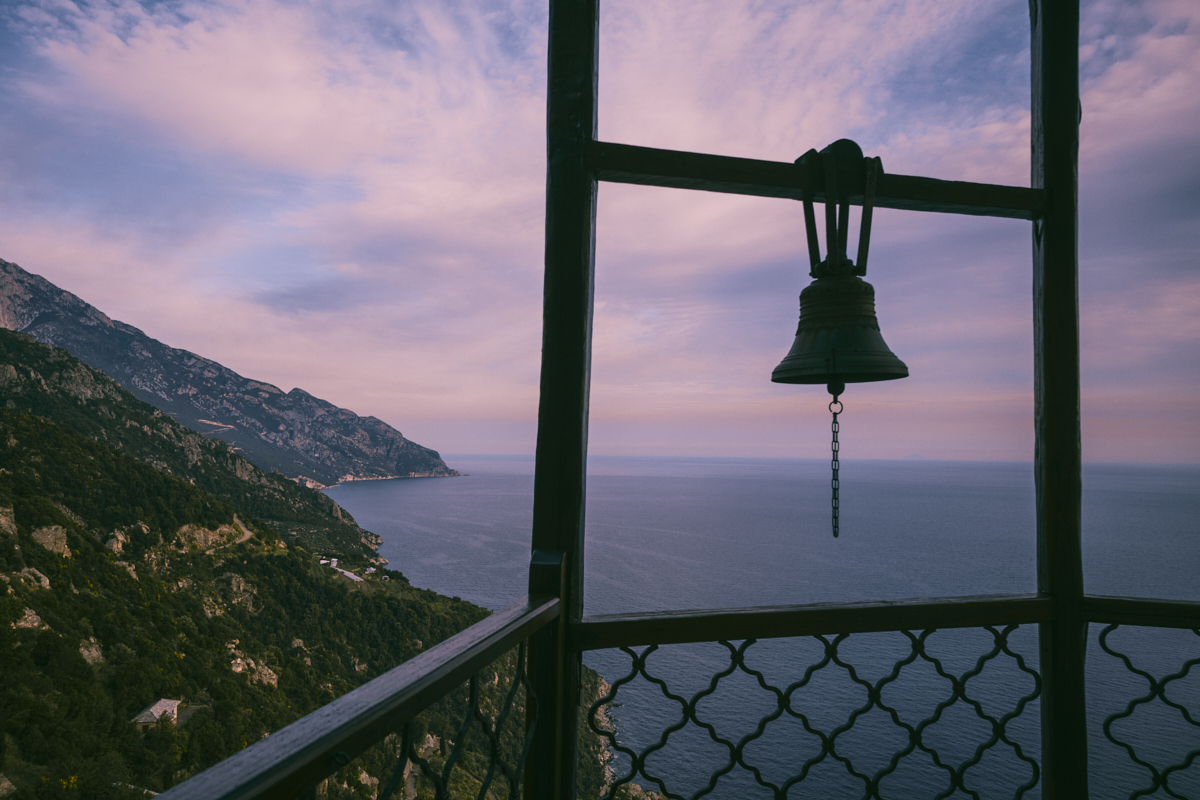







Agion Oros (Athos) welcomes its visitors with a calm peace, which offers the hardest contrast to the world, I came from.
This monks republic Athos is a centre of Eastern Orthodox monasticism, the monks themselves speak of it as the garden of the Holy Mother of God. According to the legend she is the only woman that took her feet to the ground of Athos.
The Pensinsula is surrounded by the deep blue sea from 3 sides, in the north it is separated from the secular town of Uranopolis. By entering you see a sign: Entre défendue aux femmes er aux véhicules.
The isolation of the monastery state was always part of the fascination. The question about what is behind these walls. This series shows a subjective view of my experiences with this special place. In deep gratefulness to the unique hospitality and trust of the monks to let me be a visitor and at the same time part in the mysterious world of Athos.
Ihr Körper







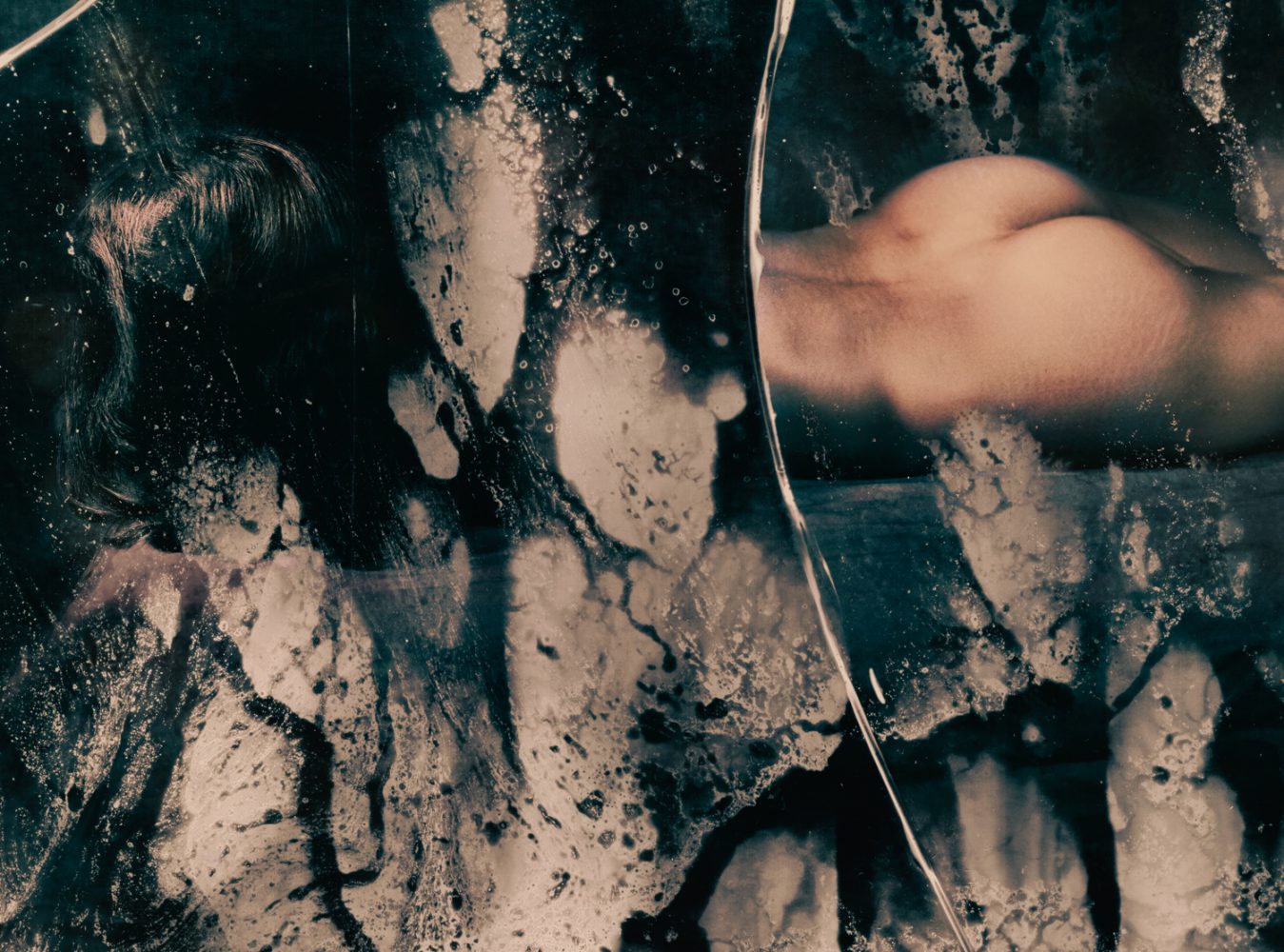


Her body meets the creation of his hands.
Her familiar figure seeks the unknown of the developed paper.
Her body conforms to the structures of photochemistry.
The accident of the analog touches the physical eroticism.
In the silence of the darkroom the attempt melts.
The couple’s togetherness in the new light: intimacy and distance. For it remains their body.
The Road Beyond the Horizon





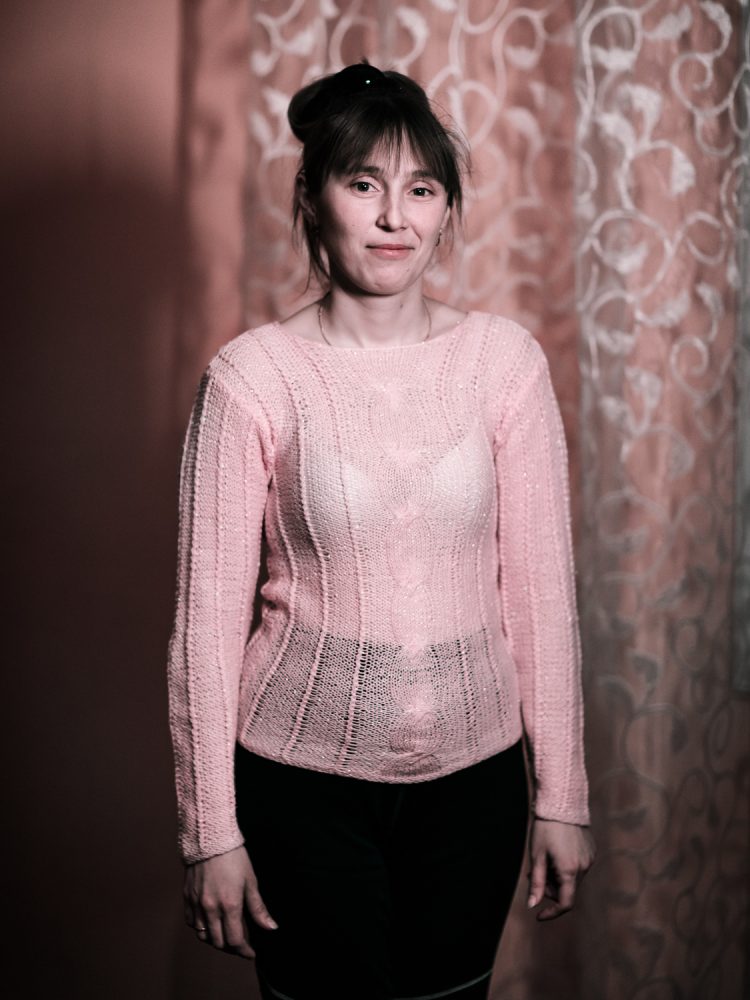




Consider the country called Ukraine. It is so large, so diverse. So many roads and intersections. Creating this series, the photographer Ruslan Hrushchak explored many different paths. Hrushchak now lives in Germany; he left Ukraine twenty years ago, when he was still a young boy. However, his parents and many of his relatives still live in the Lviv region. The Road Beyond the Horizon is a a series of photographs taken in 2016-2017. Family circumstances inspired the photographer to embark on a journey across Ukraine, focusing on many different places
and people. In fact, people—that is, portraits—comprise the largest portion of the series. Ordinary Ukrainians of today—who are they? What worries them? War has been raging for the fifth year now; economic troubles undermine hope for quick and substantial changes; but now, as always, life still has room for joys big and small.
Mea Shearim – the 100 gates Shtetel





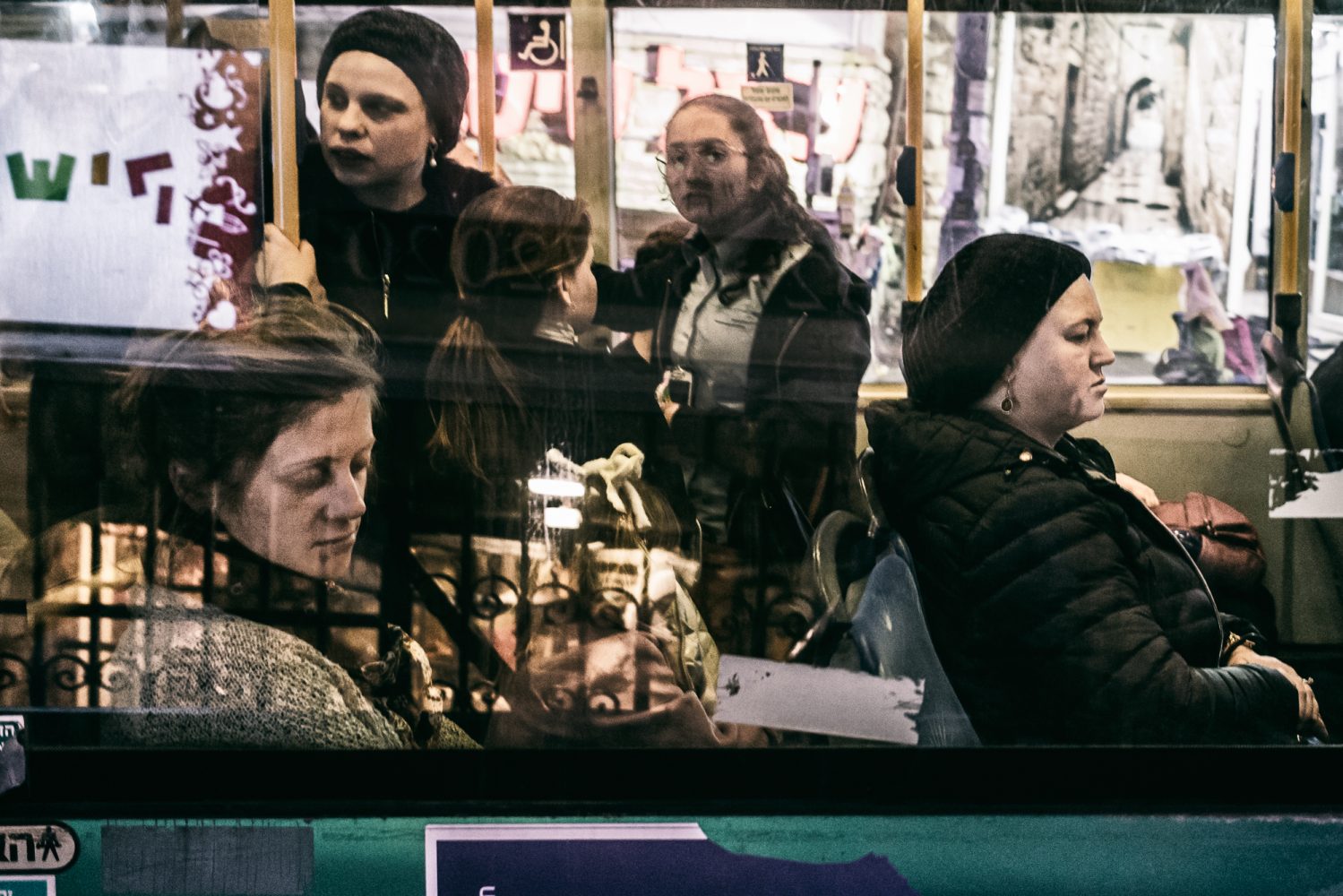




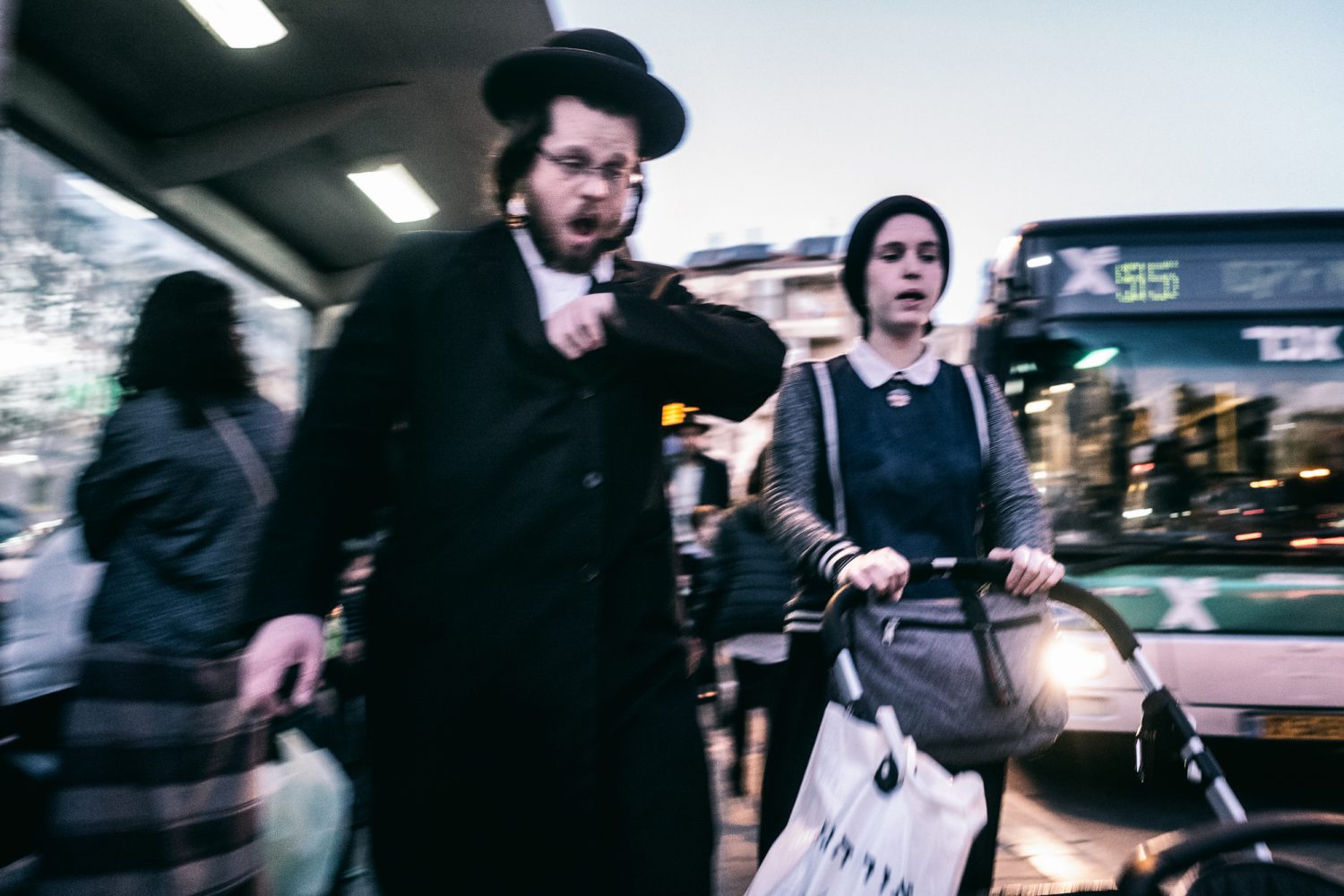




The hundredfold, in Hebrew, gave the name to the ultra-Orthodox neighborhood in Jerusalem. The series takes a peek into the everyday life of this special community. Today, Mea Shearim looks like a city within a city, the streets preserve the characteristics of an Eastern European shtetl in pre-war Europe. Life goes around strict adherence to Jewish law, prayer, and the study of Jewish religious texts. Traditions are visible in dress. Black frock coats and black hats for men and long-sleeved clothing for women. Married women wear a variety of hair coverings. The men have beards, and many grow long side-curls.